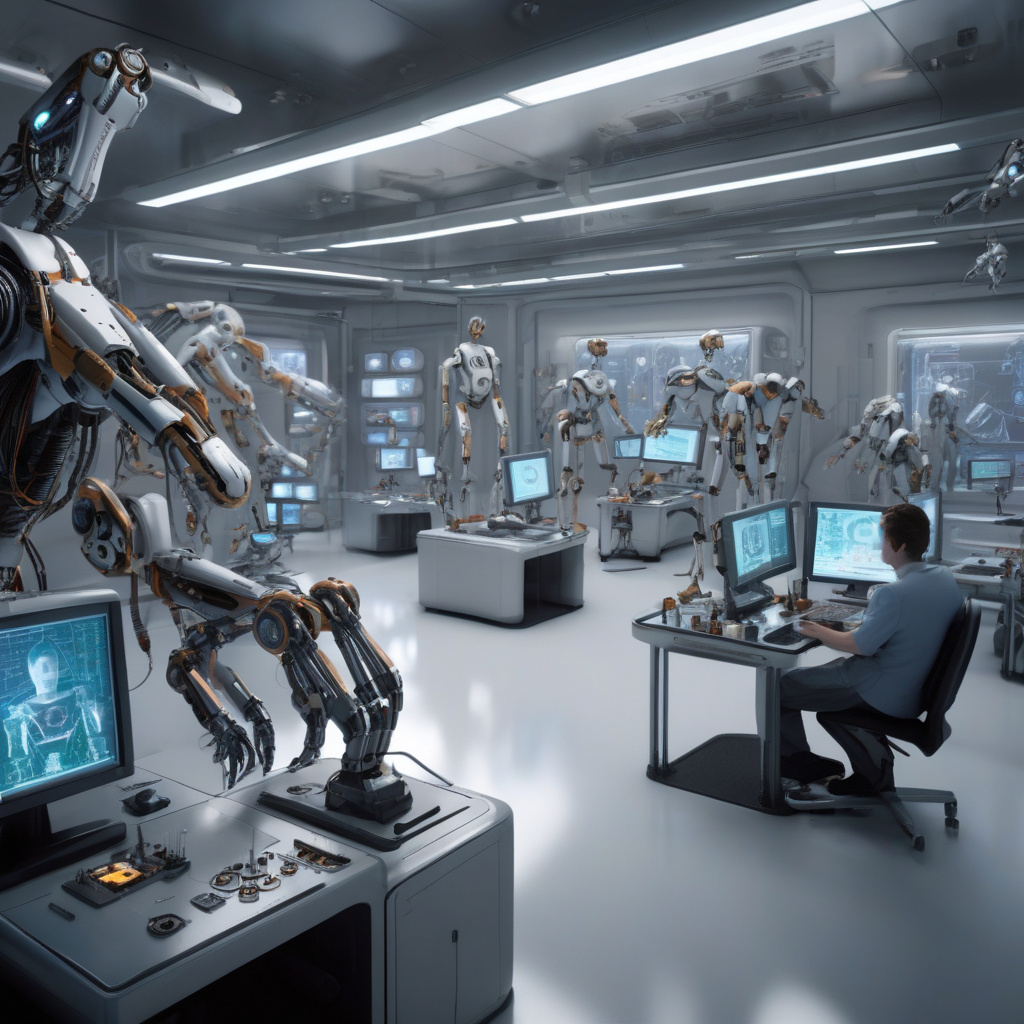Meta’s V-JEPA 2: Revolutionizing Robotics with Unprecedented Adaptability
In the realm of robotics, the ability to navigate uncharted territories has long been a significant challenge. While AI has propelled robotics forward, adapting to novel environments remains a hurdle. However, Meta’s groundbreaking open-source Video Joint Embedding Predictive Architecture 2 (V-JEPA 2) signifies a pivotal leap in addressing this issue.
V-JEPA 2, the world’s first model predominantly trained on video data, equips robots with the capability to predict future actions and interact seamlessly with unfamiliar surroundings. This advancement holds immense promise for the future of robotics, as highlighted by Ankit Chopra, a director at Neo4j, emphasizing the crucial implications for enterprise leaders.
Trained on Unprecedented Visual Data
Meta’s V-JEPA 2 is not just a mere upgrade but a significant evolution from its predecessor, V-JEPA. This new model has been trained on an extensive dataset comprising over one million hours of video footage and images from diverse sources. Such rich visual information empowers the model to comprehend human-object interactions, object movements, and inter-object relationships, enabling it to excel in tasks like object manipulation and motion prediction.
Toward Advanced Machine Intelligence
Meta’s vision with V-JEPA 2 extends beyond mere robotic operations; it aspires to achieve “advanced machine intelligence (AMI).” This entails developing AI agents capable of perceiving the world, predicting outcomes based on their actions, and planning sequences to accomplish specific goals. This ambitious goal underscores Meta’s commitment to pushing the boundaries of AI and robotics integration.
Unlocking New Use Cases in Enterprise
The implications of V-JEPA 2 for enterprise applications are vast. Unlike conventional models reliant on labeled data, V-JEPA 2’s focus on inferring information from latent spaces allows it to operate effectively in data-sparse and unpredictable environments. This adaptability positions it as a game-changer in various sectors, from manufacturing automation and surveillance analytics to autonomous equipment monitoring and predictive maintenance.
Challenges and Future Prospects
Despite the significant strides made by V-JEPA 2, challenges persist, particularly in deploying AI systems outside controlled environments. While the model enables robots to make informed decisions, its performance in edge cases remains to be seen. However, the rapid evolution in this domain underscores the need for enterprises to embrace adaptable AI solutions and forge strategic partnerships to navigate the complexities of modern industrial landscapes.
In conclusion, Meta’s V-JEPA 2 represents a paradigm shift in robotics, heralding a new era where robots can seamlessly adapt to diverse environments. As the boundaries of AI and robotics continue to blur, enterprises must stay vigilant, embracing innovative technologies to drive operational efficiencies and unlock new realms of automation.

